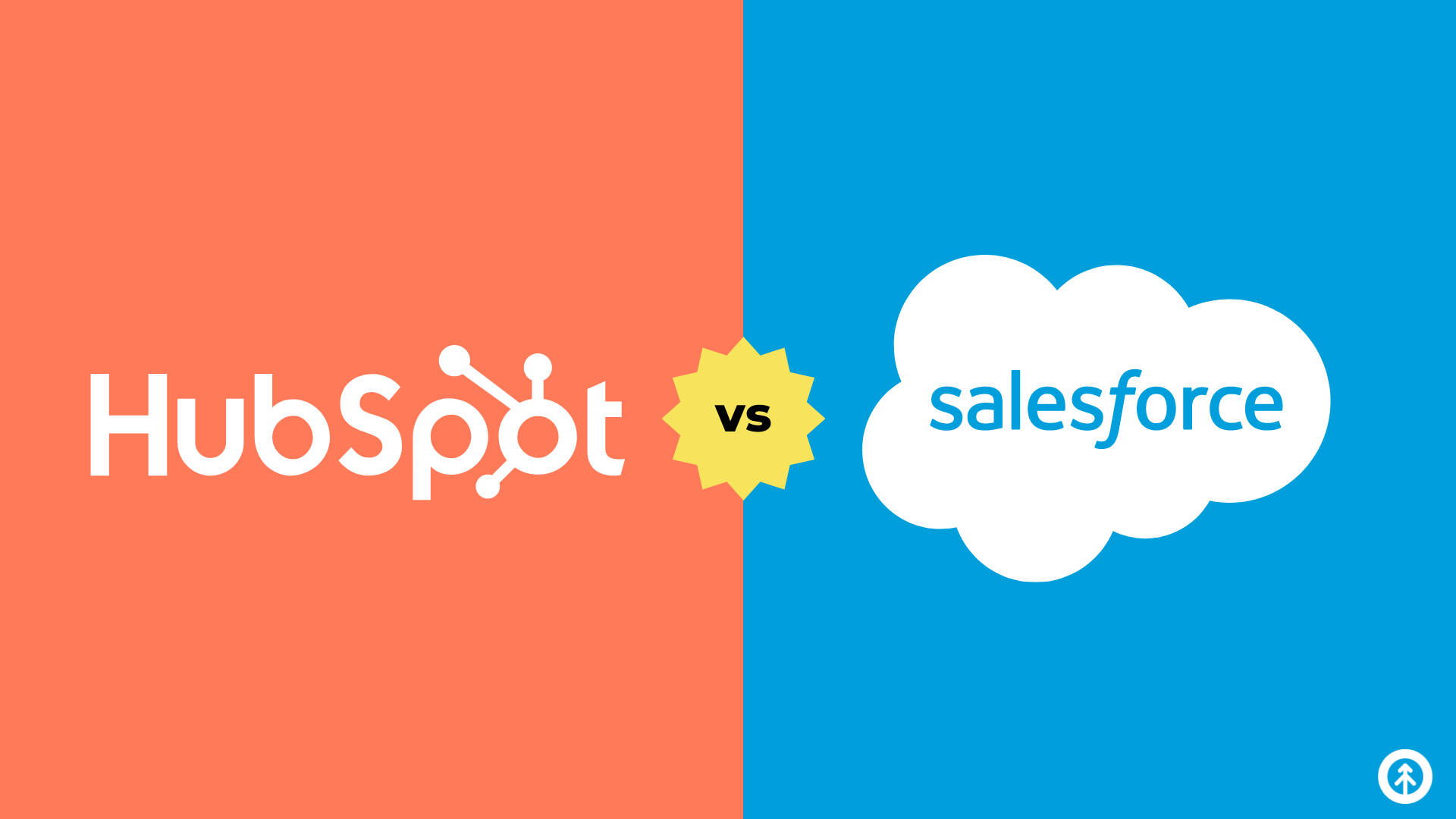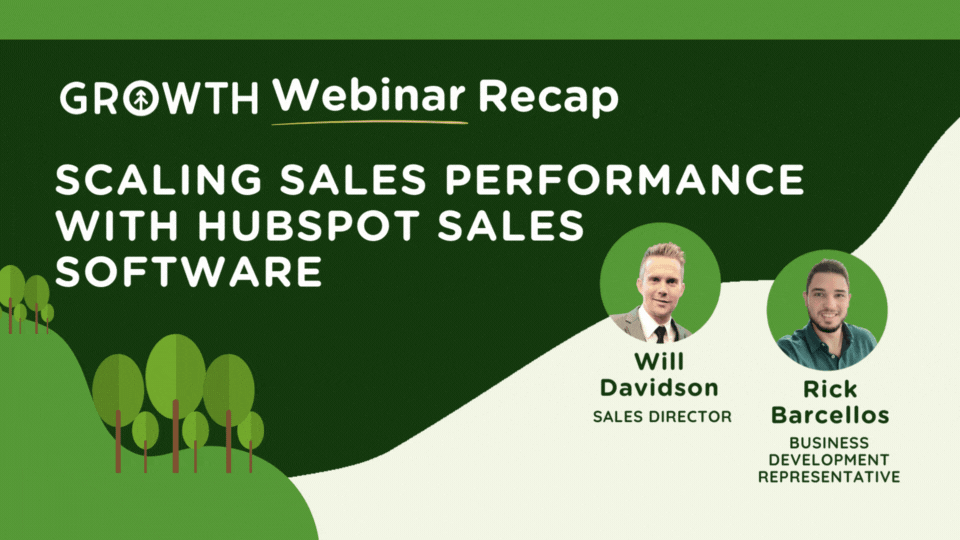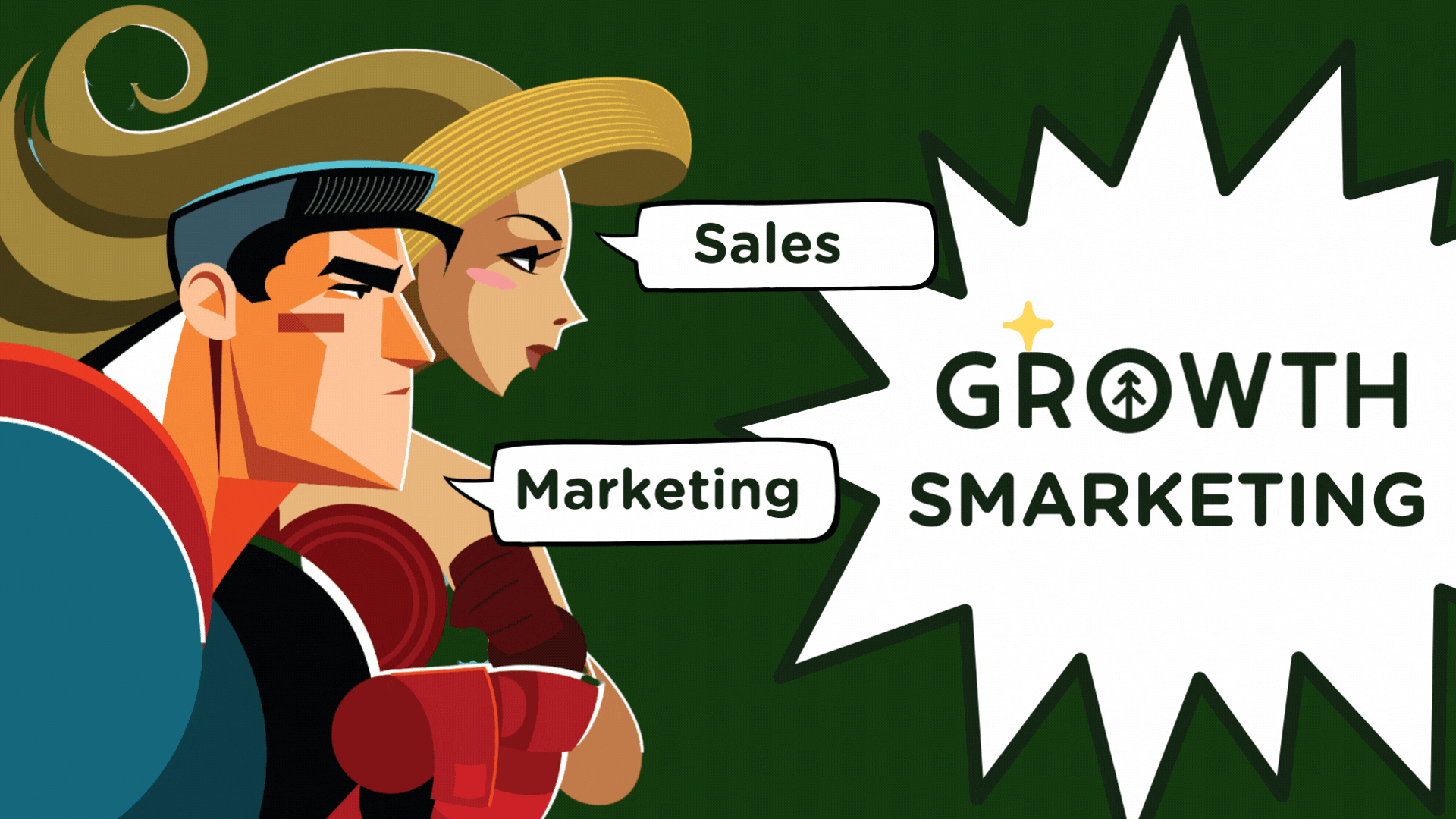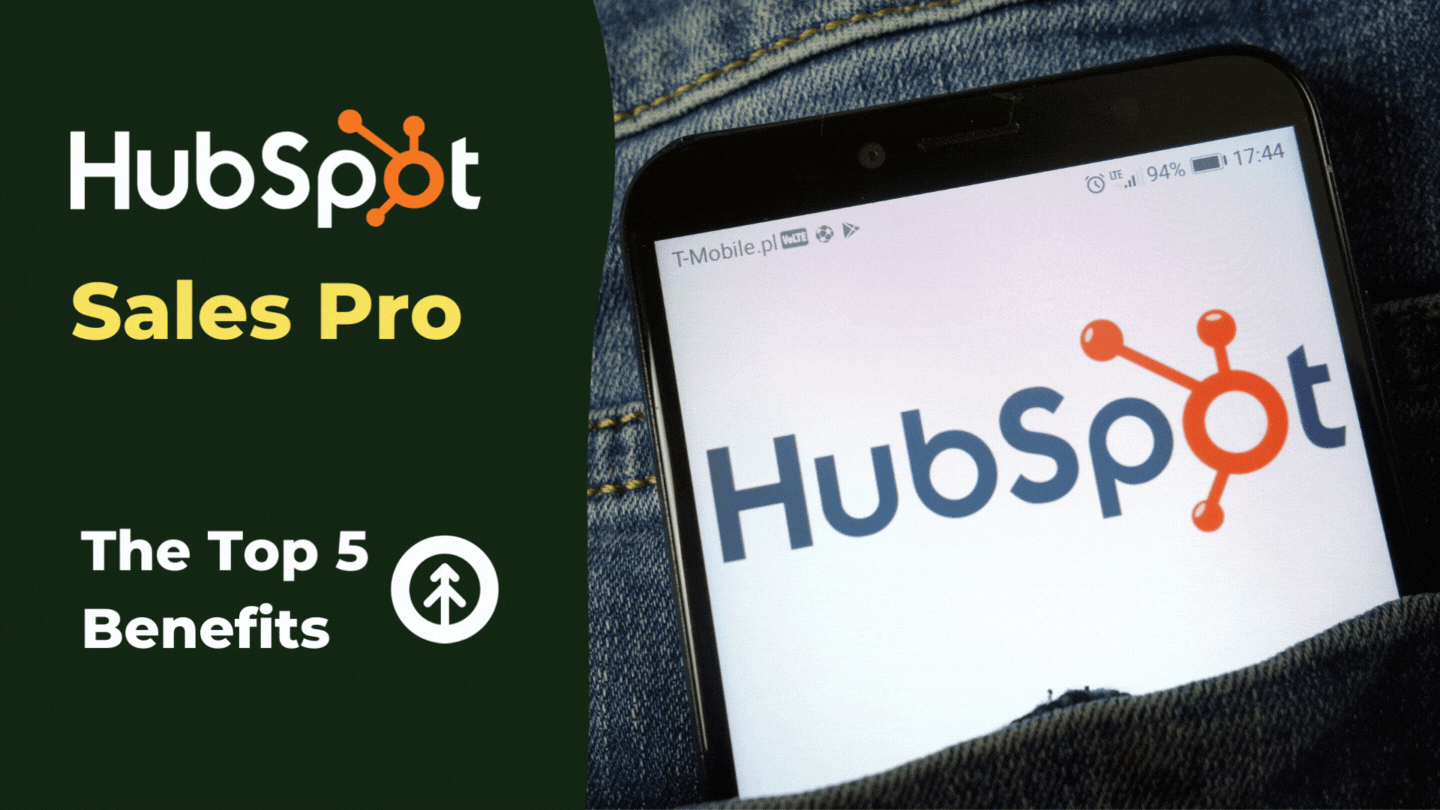Drive Revenue Through Sales Pipeline Management
On this page
The term “in the pipeline” has become part of our everyday speech, and for good reason: it works as a beautiful metaphor for an efficient way to deliver something that’s hard to manage otherwise (like leads as they move along the buyer journey toward your business).
A well-managed sales pipeline drives revenue and supports your sales processes, but it involves paying careful attention to each stage all along the way. After all, unlike a real pipeline, it’s not going to grease itself.
Establish your Pipeline
To build your sales pipeline, begin by defining the stages of the pipeline. Each stage represents a step within your sales process as well as actions taken by the prospect and your sales teams. Every company’s sales pipeline stages are unique. An example of the pipeline stages for a B2B company may look something like this:
- Connect: A lead engaged with your company via webinar responded to a sales email or downloaded a specific piece of content.
- Appointment Scheduled: The potential buyer agreed to meet with a salesperson to learn more about your product or service.
- Appointment Complete: They attended the meeting, and you set up the next steps.
- Solution Proposed: The buyer is interested in your product or service to solve their business problem.
- Proposal Sent: The buyer reviews your proposal or contact.
- Closed Won: Your buyer is now your customer!
- Closed Lost: They did not move forward with your solution. Your sales team should note the reason, and list any future opportunities for re-engagement.
Your pipeline may have fewer or more stages, depending on the complexity of your product or service.
The Right Tools to Manage your Sales Pipeline
Modern sales software, like HubSpot Sales Hub, makes it easy to effectively manage your sales pipeline and empower your sales team with tools to scale and personalize conversations. It also provides email and document tracking so you can stay on top of current opportunities, too.
Hubspot’s clean, visual dashboard reports data in real-time on sales activity, productivity, and individual performance so that you can project revenue and set future sales goals to keep your business on track.
Beyond its powerful sales tools, HubSpot offers marketing, service, operations, and content management that work together seamlessly to scale your business. It’s software that’s easy to use with price points to suit businesses of all sizes from startup to enterprise.
Managing your Sales Pipeline
Estimate how much revenue you’ll bring in through the current opportunities through sales pipeline management. A well-managed pipeline enables sales reps and sales managers to track their progress toward monthly, quarterly, and annual sales goals.
To determine this, factor in:
- How many prospects your sales team is actively engaging
- Which stage each prospect is in
- How many prospects typically move from each stage to the next
- The average size of each sale
- The average length of the sales cycle
It’s not imperative to have exact numbers; an informed guess is all you need to begin your estimate for how much revenue will be gained from the opportunities in your pipeline at any given time.
Of course, the more specific and accurate your numbers, the better. Your CRM should be able to calculate these metrics for you. The longer and more consistently your sales CRM is used, the more accurate your metrics will be.
Regularly Clean Up Your Sales Pipeline
Regular CRM clean-ups are a good idea for your entire company database, but they are vital to keeping your sales pipeline in check. It may be tempting to hold onto every prospective lead, but a falsely-full pipeline is a sure way to drain your resources and throw off your sales forecasting.
How to Keep a Clean Sales Pipeline:
- Maintain up-to-date company, contact, and deal records, along with an accurate activity log, so you can see the last and next actions.
- Monitor stage status and follow up with leads that are lingering beyond your average sales cycle time.
- Don’t be afraid to break up with leads: “It’s not you, it’s ______.” That’s an important blank to fill in. Are they still interested but need more time? Have they moved forward with another solution? Are they not responding to you? Based on the outcome of your break-up email, you can move or remove them accordingly.
Your sales team will benefit from working from fewer, high-value opportunities.
Track your Sales Pipeline Metrics
As you manage your pipeline, how do you know if your pipeline is in good shape or if it’s in trouble? Use these metrics to track your pipeline heath:
- Number of new Sales Qualified Leads (SQL) per month
- Number of total deals
- Average deal value ($)
- Total pipeline value
- Win rate
- Average length of the sales cycle
- Sales velocity
- Lead response rate
For your business to grow, your pipeline needs to increase through volume, total value, or both. A CRM gives you real-time access to these important metrics which can guide marketing, sales, and overall business decisions.
Take Action Using your Sales Pipeline Data
Data from your sales pipeline offers powerful insights beyond the sales department. When you identify new similarities among best-fit candidates, share that information with your marketing team so they work on gaining more of those leads.
Tracking team and individual conversion rates can uncover opportunities for additional training or to adapt your sales processes.
Sales Pipeline Management with Growth
We help sales leaders drive more revenue with sales pipeline management. If you already have a sales CRM, but it's not giving you or your team the ease of use or results you were hoping for—or you’re looking to move to a new CRM entirely—as a HubSpot Platinum Solutions partner, we offer onboarding, auditing, and implementation services to help businesses grow better. Contact us, and let us help you grow better with us!
Explore More Insights: Related Blog Posts
-
 CRMJan 4, 2022
CRMJan 4, 2022 Growth Marketing Firm
Growth Marketing FirmHubSpot v. Salesforce
It’s becoming downright impossible to survive as a business in 2022 without a software tool to deliver the...
-
 Sales EnablementJan 18, 2021
Sales EnablementJan 18, 2021 Growth Marketing Firm
Growth Marketing FirmThe Ultimate Guide to Sales Objections
You dial the phone only to be met with “I need some time to think about it,” “I like your solution, but I...
-
 Sales EnablementJun 21, 2023
Sales EnablementJun 21, 2023 Growth Marketing Firm
Growth Marketing FirmJune Webinar Recap: Sales Enablement with HubSpot
Welcome to our recap of the June installment of Growth’s monthly webinar series.
-
 HubSpotApr 6, 2023
HubSpotApr 6, 2023 Growth Marketing Firm
Growth Marketing FirmThe Transformative Power of Smarketing in 2023
Prospects now have more access to information than ever, and they expect a seamless, cohesive experience with...
-
 Sales EnablementSep 1, 2021
Sales EnablementSep 1, 2021 Growth Marketing Firm
Growth Marketing FirmA Guide to Social Selling on LinkedIn
(Last updated May 9, 2022)
-
 Sales EnablementSep 22, 2022
Sales EnablementSep 22, 2022 Growth Marketing Firm
Growth Marketing FirmTop 5 Benefits of HubSpot Sales Pro
As the sales landscape continues to change—and as more business leaders recognize and utilize Account-Based...
-
 Sales EnablementApr 23, 2021
Sales EnablementApr 23, 2021 Will Davidson
Will Davidson3 Benefits of Utilizing Sales Automation in your Sales Process
So you’ve taken steps to ramp up your company’s sales by expanding your sales team, perhaps increasing their...
-
 RevOpsOct 18, 2021
RevOpsOct 18, 2021 Growth Marketing Firm
Growth Marketing FirmWhat is RevOps? Revenue Operations in a Nutshell
(last updated August 22, 2022) In the last week, over 500 new management jobs in RevOps have been posted on...
-
 HubSpotMar 6, 2023
HubSpotMar 6, 2023 Growth Marketing Firm
Growth Marketing FirmHubSpot Data-Driven Marketing Tools for the Gaming Industry
With the rise of online gaming and esports, it’s become more important than ever for game developers and...
